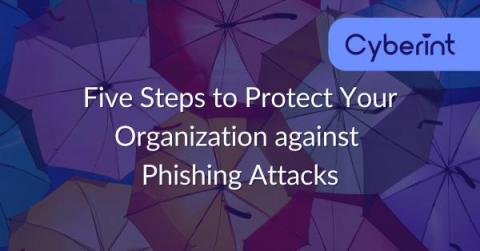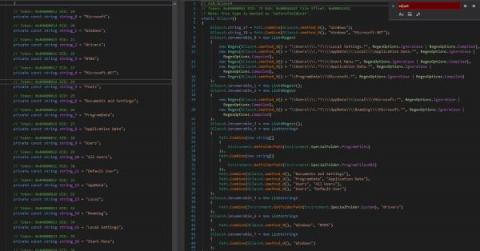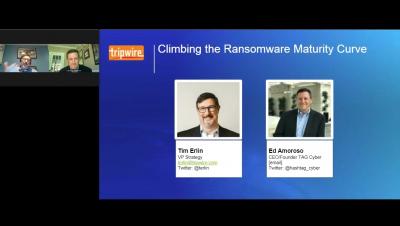Security | Threat Detection | Cyberattacks | DevSecOps | Compliance
Security
Formulating proper data destruction policies to reduce data breach risks
As Morgan Stanley Bank now knows, ignoring certified data destruction policies can be disastrous. The bank made news in 2020 when it was fined over $60 million for not using proper oversight when decommissioning two of its data centers. Regulators found that the organization had not addressed the risks associated with decommissioning hardware effectively.
SIEM Use Cases for Compliance with GDPR
The era we live in requires the digitalization of all subjects interacting with people, from giant companies to small-scale organizations. It is unquestionable that this trend has made significant contributions to the data collection process. But the larger the volume of data collected, the greater the risk of a security breach. For this reason, it is essential to control the security and transparency of personal data.
This Month in Datadog: March 2022 (Episode 9)
Five Steps to Protect Your Organization against Phishing Attacks
Threat Update DoubleZero Destructor
The Splunk Threat Research Team is actively monitoring the emergence of new threats in the cyber domain of ongoing geopolitical events. As we have shown previously in several releases, including HermeticWiper and CaddyWiper, actors in this campaign are deploying, updating, and modifying stealthier malicious payloads. On March 17th, 2022, the Ukraine CERT discovered a new malicious payload named DoubleZero Destructor (CERT-UA #4243).
Working with At-Risk Businesses: How It Can Dismantle Your Zero Trust Strategy
Nowadays, building a zero-trust network has become a standard protocol in the era of evolving business models, multiple workforce platforms, cloud adoption, and increased device connectivity. But, if a business continues to work with at-risk organizations, the zero-trust policy crumbles. Working with well-secured third parties that uphold a zero-trust strategy is crucial for optimal cybersecurity within any business.
Threat-Based Methodology: Auditing
This is the third post in the Threat-Based Methodology blog series. In the first post, we introduced Threat Based Methodology and the analysis conducted by the FedRAMP PMO and NIST. In that post, we ended by listing the top seven controls based on their Protection Value. The second post explored configuration settings in greater depth and explained how Devo supports the ability to meet the CM-6 control.











